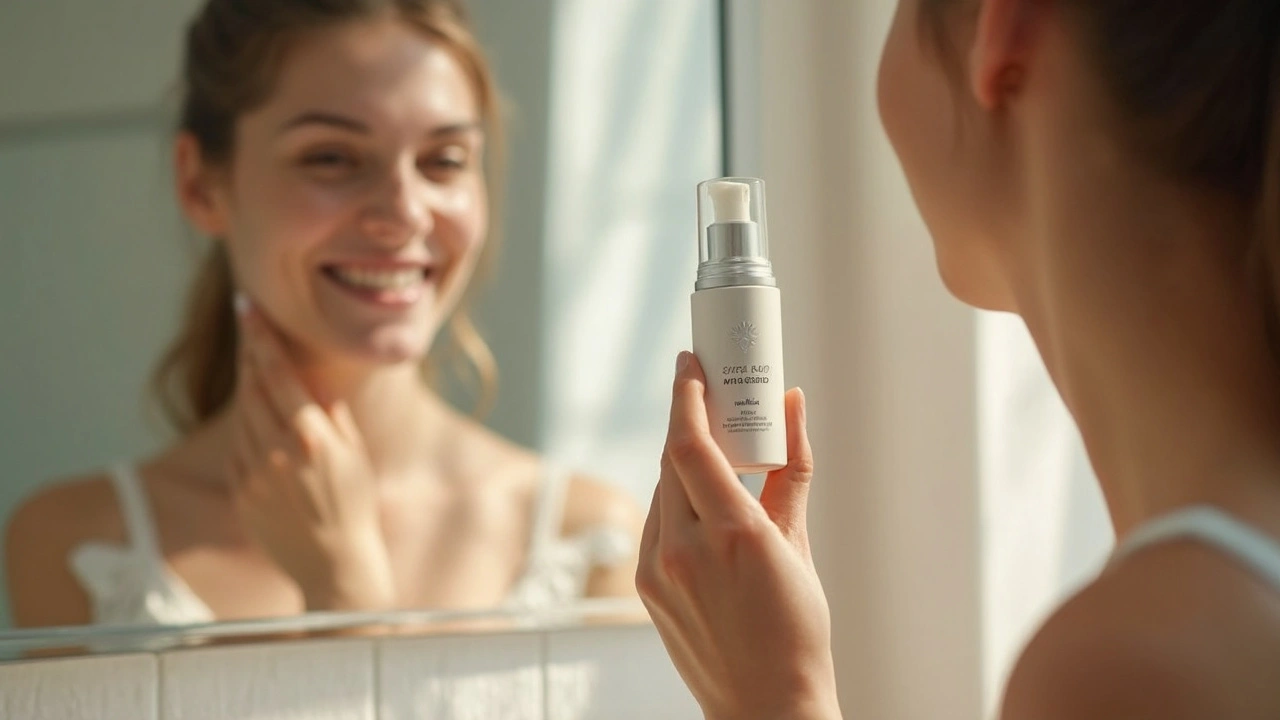Skin Pigmentation: What It Is and How to Manage It
If you’ve noticed darker patches or uneven color on your face or body, you’re dealing with skin pigmentation. It’s normal for melanin – the pigment that gives skin its color – to vary a bit, but many people want a smoother tone. In this guide we’ll break down why spots appear, what you can do about them, and easy habits to keep your skin looking balanced.
Why Do Dark Spots Appear?
The most common reason is excess melanin production. Sun exposure triggers skin cells called melanocytes to make more pigment as protection, which leaves behind sunspots or age spots over time. Hormonal changes, especially during pregnancy or while taking birth‑control pills, can cause melasma – a patchy darkening on the cheeks and forehead. Inflammation from acne, cuts, or eczema also leads to post‑inflammatory hyperpigmentation (PIH). Even genetics play a role; some families naturally have more pigment in certain areas.
Practical Ways to Lighten Pigmentation
First, protect your skin daily. Use a broad‑spectrum sunscreen with at least SPF 30, even on cloudy days. Reapply every two hours if you’re outdoors – that’s the fastest way to stop new spots from forming.
If you already have dark spots, over‑the‑counter ingredients like niacinamide, vitamin C, and alpha hydroxy acids (AHA) can help fade them. Apply these products at night after cleansing and follow with a moisturizer. For stubborn melasma or deep PIH, a dermatologist may prescribe a topical retinoid or a mild chemical peel.
Home remedies are okay for very light spots but don’t replace proven treatments. Aloe vera gel, green tea extract, or a simple honey mask can soothe skin and provide antioxidants, which support overall health but won’t dramatically lighten deep pigment.
When you consider professional options, think about laser therapy or intense pulsed light (IPL). These procedures target melanin directly and often need several sessions. Choose a qualified provider and ask about downtime – most people see improvement within weeks.
Remember, consistency matters more than a single miracle product. Stick to your sunscreen routine, use gentle exfoliation 2‑3 times a week, and give active ingredients time to work (usually 4‑6 weeks). If you notice irritation, back off and let the skin heal before resuming.
Finally, lifestyle habits can influence pigment. Eating foods rich in antioxidants – like berries, leafy greens, and nuts – supports skin repair. Stay hydrated and get enough sleep; stress hormones can worsen inflammation that leads to PIH.
Skin pigmentation issues are common, but you don’t have to live with them. By protecting your skin from the sun, using targeted skincare, and seeking professional help when needed, you can achieve a clearer, more even complexion.

Azelaic Acid for Vitiligo: Benefits, Science, and Real-Life Tips
May, 6 2025
